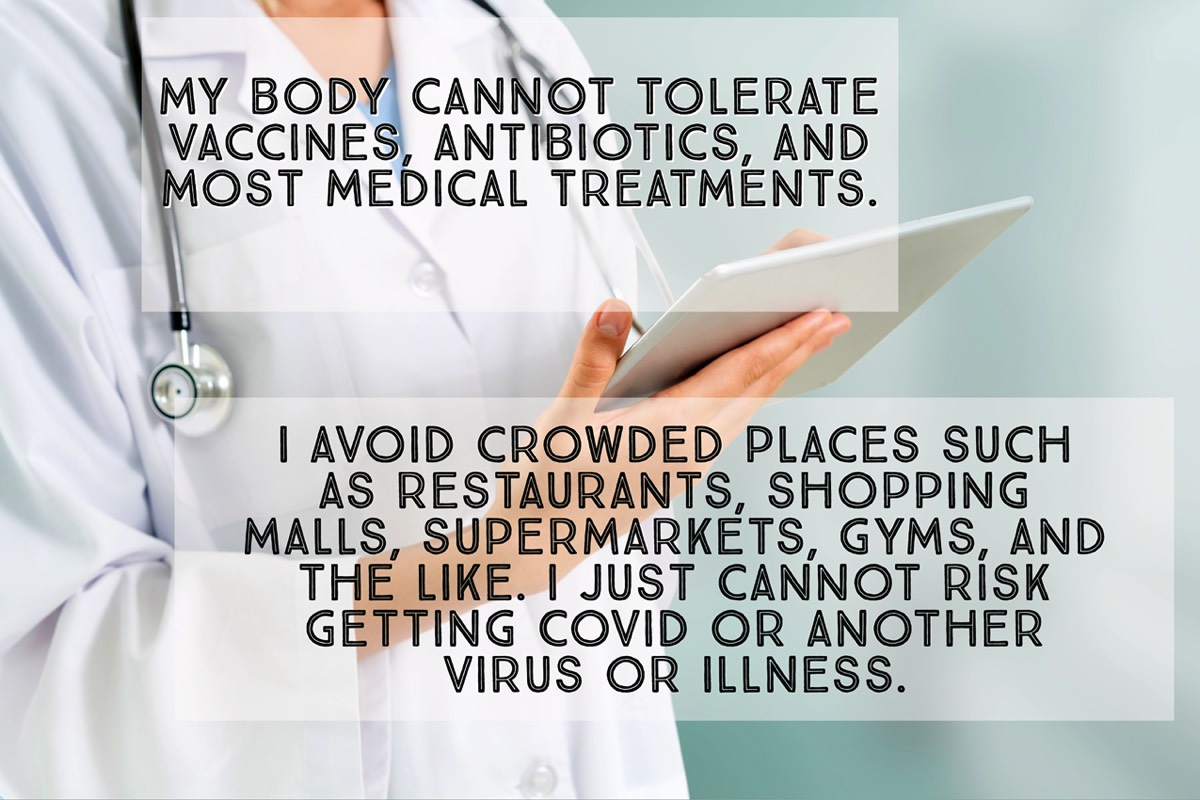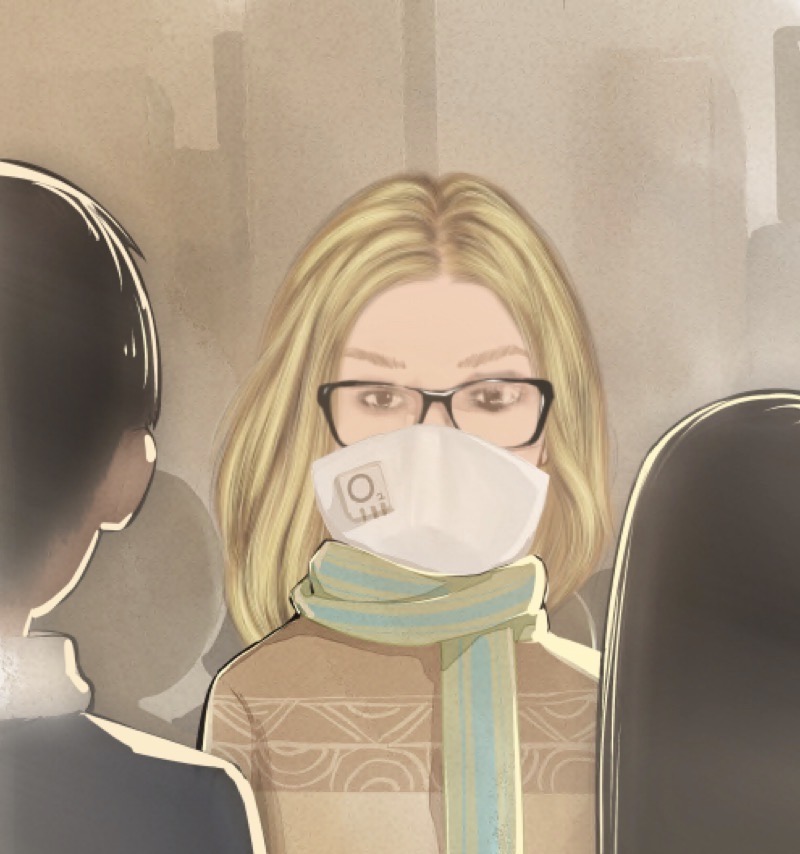After enduring an arduous journey through years of extensive medical evaluations, marked by agonizing procedures and prolonged stays in various hospital wards, I finally received a diagnosis from Karolinska. I was diagnosed with CARPA, which stands for Complement Activation Related Pseudoallergy, a rare and perplexing condition that significantly disrupts the normal functioning of the immune system.
CARPA is triggered by the activation of the complement system, a part of the immune system that normally helps fight infection
CARPA is particularly difficult because, unlike typical allergic reactions involving an overactive immune response to allergens, this condition causes the body to overreact without the immune system being directly responsible. The result is a range of debilitating symptoms that can mimic those of severe allergies, including episodes that could escalate to life-threatening anaphylaxis. Furthermore, CARPA is often linked to various autoimmune disorders, adding yet another layer of complexity to the way it affects my health.
Living with CARPA is an experience filled with numerous challenges, each one more distressing than the last. Every day, I confront skin rashes that turn my skin into a source of intense discomfort; these sometimes severe rashes rob me of my peace of mind. The respiratory issues are particularly concerning; there are moments when I find myself desperately gasping for air, even waking from a deep sleep. The panic that arises during those episodes can be overwhelming.
As if that weren’t enough, I often find myself battling excruciating abdominal pain that feels like an assault on my system—not just a symptom, but a crippling experience that can leave me completely drained. Alongside these physical struggles come emotional battles, with waves of depression and anxiety making an appearance far too frequently. The incessant itching, sleepless nights, and overwhelming fatigue create a relentless cycle of discomfort that's hard to escape. Each day is a testament to resilience amidst the chaos of symptoms that seek to disrupt my life. I survive due to the support of my family, friends, and doctors, who are a beacon of hope in these dark times, reminding me that I'm not alone in this fight.
Various triggers can contribute to symptoms associated with Carpa, including 95% of medications, common household products like laundry detergents, and certain chemicals found in foods and beverages, such as tap water. Through years of careful observation, I have learned to recognize and avoid specific triggers that impact my condition, leading to some improvement in my daily life.
During one of my many visits to the emergency room, a doctor at Karolinska advised me to stop drinking tap water to see if it would alleviate my abdominal pain. Although tap water in Sweden is of high quality, it contains chemicals used for treatment and disinfection. Following his advice helped reduce some of my symptoms. However, purchasing mineral water would increase my monthly expenses, so I tried filtering and boiling the tap water instead. Unfortunately, I soon realized that neither boiling nor filtering effectively removed these chemical compounds.
After drinking only mineral water for several months, the pain became less frequent and intense. This insight led me to switch entirely to bottled mineral water. Although the pain has not disappeared and sometimes still sends me to the emergency room, drinking only mineral water continues to make this symptom much more manageable today. Unfortunately, this is just one of many changes I have had to make to manage my condition better.
CARPA is triggered by the activation of the complement system, a part of the immune system that normally helps fight infection
CARPA is particularly difficult because, unlike typical allergic reactions involving an overactive immune response to allergens, this condition causes the body to overreact without the immune system being directly responsible. The result is a range of debilitating symptoms that can mimic those of severe allergies, including episodes that could escalate to life-threatening anaphylaxis. Furthermore, CARPA is often linked to various autoimmune disorders, adding yet another layer of complexity to the way it affects my health.
Living with CARPA is an experience filled with numerous challenges, each one more distressing than the last. Every day, I confront skin rashes that turn my skin into a source of intense discomfort; these sometimes severe rashes rob me of my peace of mind. The respiratory issues are particularly concerning; there are moments when I find myself desperately gasping for air, even waking from a deep sleep. The panic that arises during those episodes can be overwhelming.
As if that weren’t enough, I often find myself battling excruciating abdominal pain that feels like an assault on my system—not just a symptom, but a crippling experience that can leave me completely drained. Alongside these physical struggles come emotional battles, with waves of depression and anxiety making an appearance far too frequently. The incessant itching, sleepless nights, and overwhelming fatigue create a relentless cycle of discomfort that's hard to escape. Each day is a testament to resilience amidst the chaos of symptoms that seek to disrupt my life. I survive due to the support of my family, friends, and doctors, who are a beacon of hope in these dark times, reminding me that I'm not alone in this fight.
Various triggers can contribute to symptoms associated with Carpa, including 95% of medications, common household products like laundry detergents, and certain chemicals found in foods and beverages, such as tap water. Through years of careful observation, I have learned to recognize and avoid specific triggers that impact my condition, leading to some improvement in my daily life.
During one of my many visits to the emergency room, a doctor at Karolinska advised me to stop drinking tap water to see if it would alleviate my abdominal pain. Although tap water in Sweden is of high quality, it contains chemicals used for treatment and disinfection. Following his advice helped reduce some of my symptoms. However, purchasing mineral water would increase my monthly expenses, so I tried filtering and boiling the tap water instead. Unfortunately, I soon realized that neither boiling nor filtering effectively removed these chemical compounds.
After drinking only mineral water for several months, the pain became less frequent and intense. This insight led me to switch entirely to bottled mineral water. Although the pain has not disappeared and sometimes still sends me to the emergency room, drinking only mineral water continues to make this symptom much more manageable today. Unfortunately, this is just one of many changes I have had to make to manage my condition better.

This insight has bolstered my resolve to take more proactive measures regarding my health and seek solutions that improve my well-being. While Carpa has completely changed my life, it has also altered my perspective, teaching me to persevere as I learn from my body's reactions to medications, chemicals, and other triggers.
Unfortunately, this involves significant trade-offs. In my case, prioritizing my health means taking strict precautions by avoiding not only most medications and other chemicals but also public places like restaurants, malls, grocery stores, parties, and all forms of public transportation, including trains, buses, planes, and even taxis, where germs can easily spread.
Unfortunately, this involves significant trade-offs. In my case, prioritizing my health means taking strict precautions by avoiding not only most medications and other chemicals but also public places like restaurants, malls, grocery stores, parties, and all forms of public transportation, including trains, buses, planes, and even taxis, where germs can easily spread.


